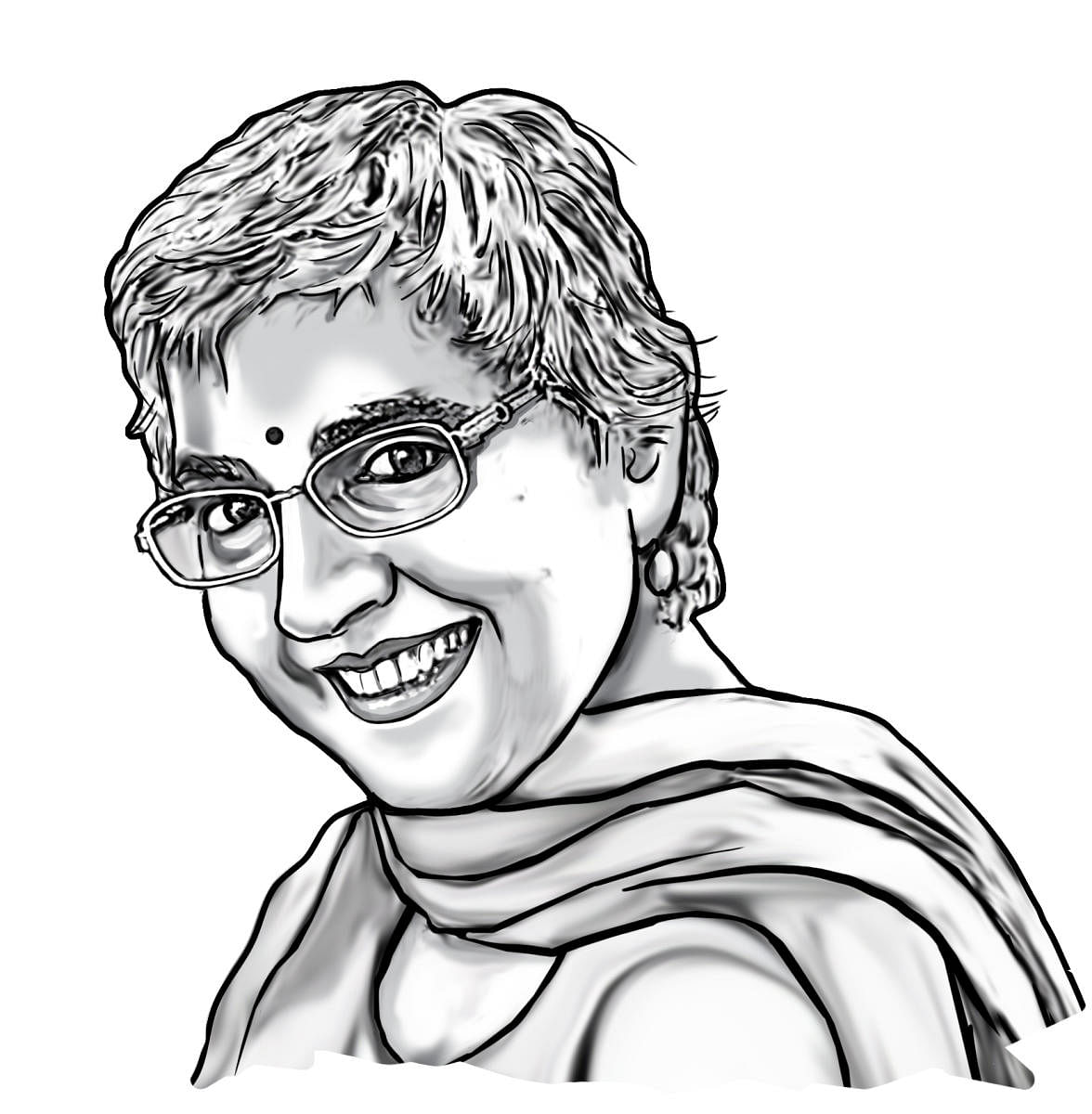Like for many, the pandemic upended all my best-laid plans. Travel featured prominently, and mine were to destinations that aren’t exactly aspirational. One trip that I had the buy-in to do from my eye-rolling crew of two was to Bihar. Since Covid-19 struck, I set aside all such plans and set my sights on simply getting through to the other side. ‘Destinations’ now reeked of disinfectant, disease, and death; hospitality seemed as hostile as a hospital bed. And who knew that Bihar would come home, like an uninvited house guest, perpetually squatting in our lounge, in our phones, high on a 59-gm joint, refusing to leave?
When I realised that the only way through this interminable tunnel is now via Bihar, I decided to abrogate all fears and leave for faraway Kashmir. And like that, in an unintended consequence, with all due genuflection to the double-barreled history mightier mortals made on August 5, with 11 others, I made a teensy bit of history myself. By all accounts, we may have been one of this and the last seasons’ first organised trekking groups to India’s newest Union Territory. Two negative Covid-19 tests and we were making our way to make almond eyes at the almost-shaped Tarsar Lake, set high at 3,750 meters.
Trekking is no walk through Lutyens lawns. There are no pliant, posy peacocks, although walking sticks, not ‘lathis’, do come very handy. Trekking is pure physiology and physicality. It involves several vanity-vanishing indignities. For me, the closest corollary to trekking is childbirth. You forget how it all actually feels — to be underslept, underfed, unwashed, achy — and therefore, sometimes, you go for it again, and then it all comes back, in waves of discomfort, elation, and pain. Gratefully, once you’re on the move, there’s not a lot to think about, and frankly, little need to. Strapped with a reasonably furnished backpack, and gaining height, you cannot but leave ordinary, everyday, sea-level worries like India’s plunging GDP, its joblessness, its hunger, its poverty, its wars, within and without, and such like, behind. At high altitudes, the only GDP you care to track is, well, your equivalent of the cow’s output that Akshay Kumar drinks. There are ways to soften hard landings, but no one can help you put one foot in front of the other. But a good guide certainly helps. We had Tausif.
In my experience, there are three things a mountain guide must be and must do. First, the guide must know the route, right up till the destination, like the back of their hand, even in their sleep. They must also know several alternate routes, not just to the destination but out of it, in every kind of weather, glorious to ghastly, safely to safety. A good guide will never race ahead to be with those who are familiar with the terrain, the fittest, fastest, and the best. They walk with the stragglers right at the back, setting a steady pace, never shaming a nervous first-timer, always ready with a firm clasp, need-based. They know that success is when every trekker reaches the destination, delighted and in one piece.
A good guide is willing to be vulnerable. Because we compressed a trek that is typically done in six days into four, there were sections when all I could conjure up was my next breath and my step. River crossings, and this trek offered plenty, made me particularly wobbly. Tausif’s empathy for my fears got me across, shaking but never soaking. With him, mountains of scree, miles of slippery sludge, mild-looking but mighty meadows, boulder walks littered with crevasse falls, in perennially pivoting weather, became a cakewalk.
I bid Tausif adieu in Srinagar, with its lake-fulls of shuttered houseboats, and I could not but think that the trek India now needs to make is destined for disaster. With their sight only ever extending up to their nose, or the next election, our guides have led us inside a dense white-out. We have lost our way.
We are an uncared-for country, with an unaudited PM-CARES. We have also demolished all cairns, and no Tausif can help.
